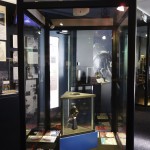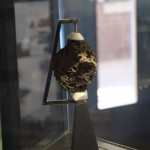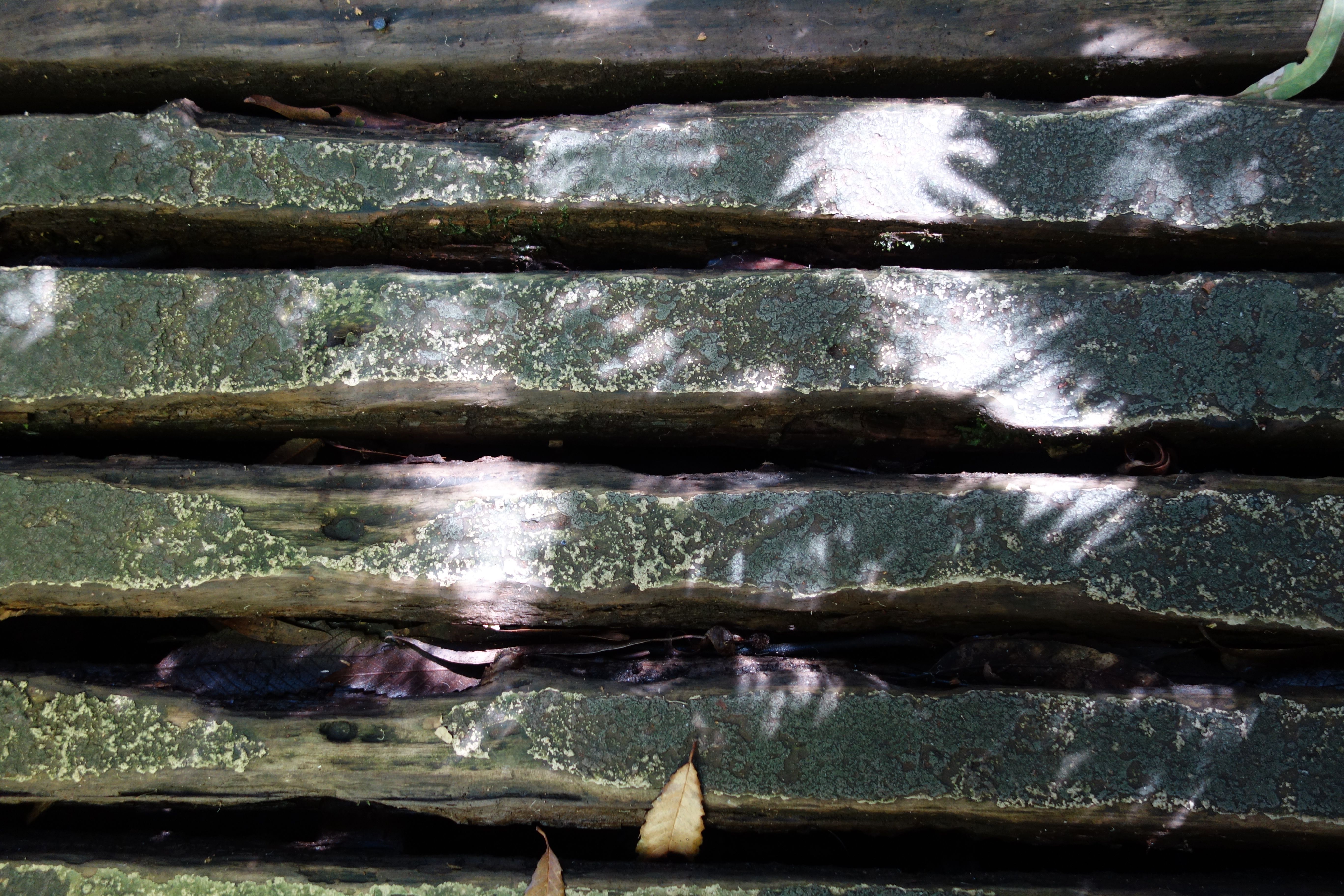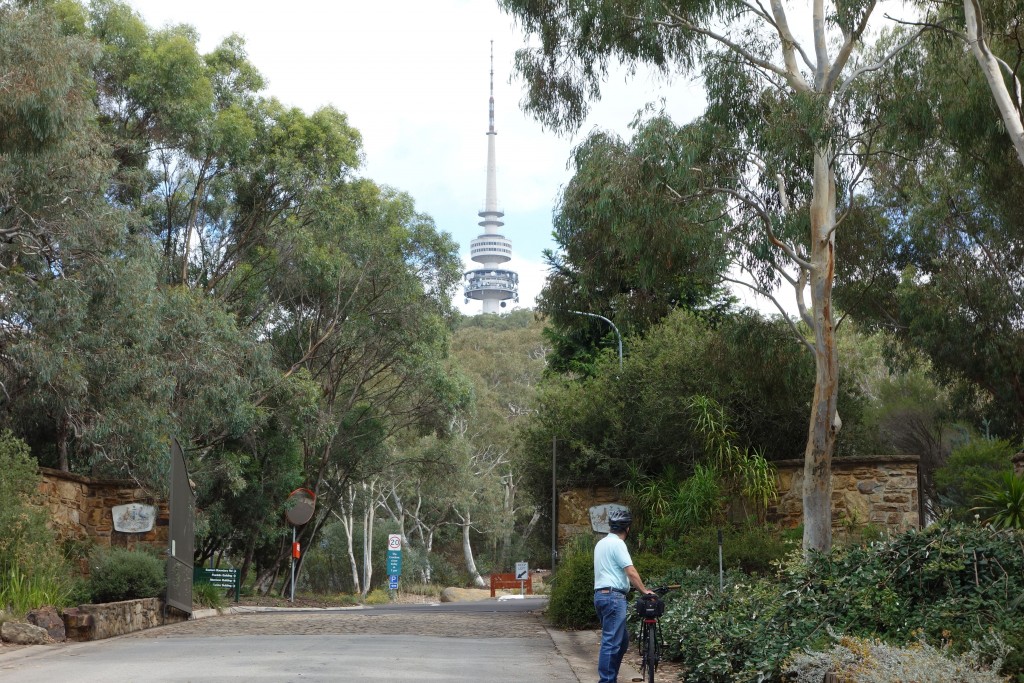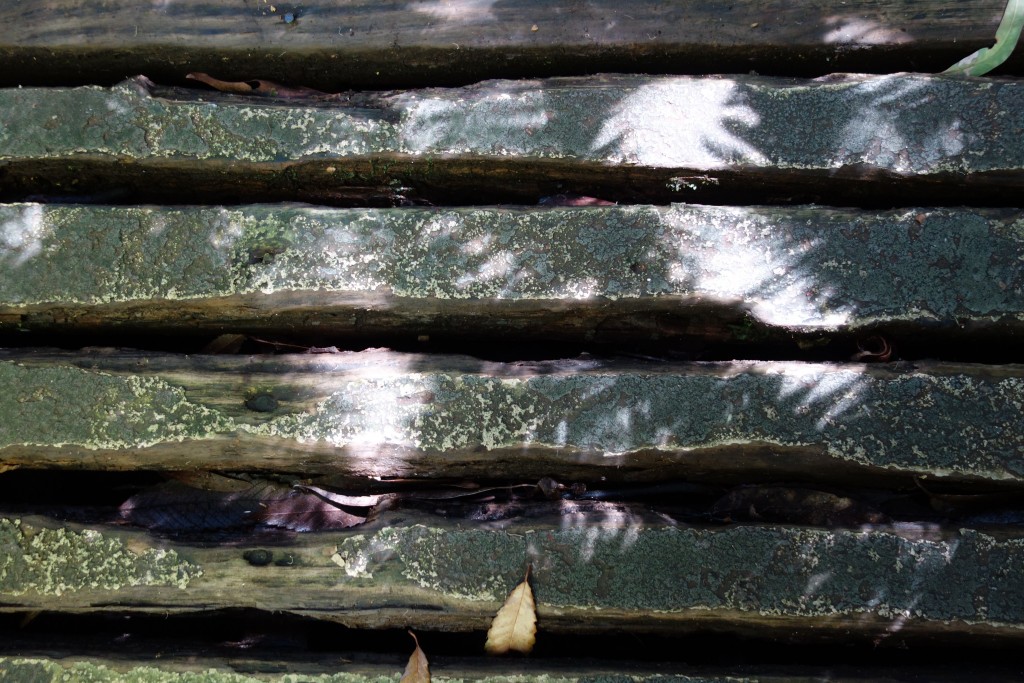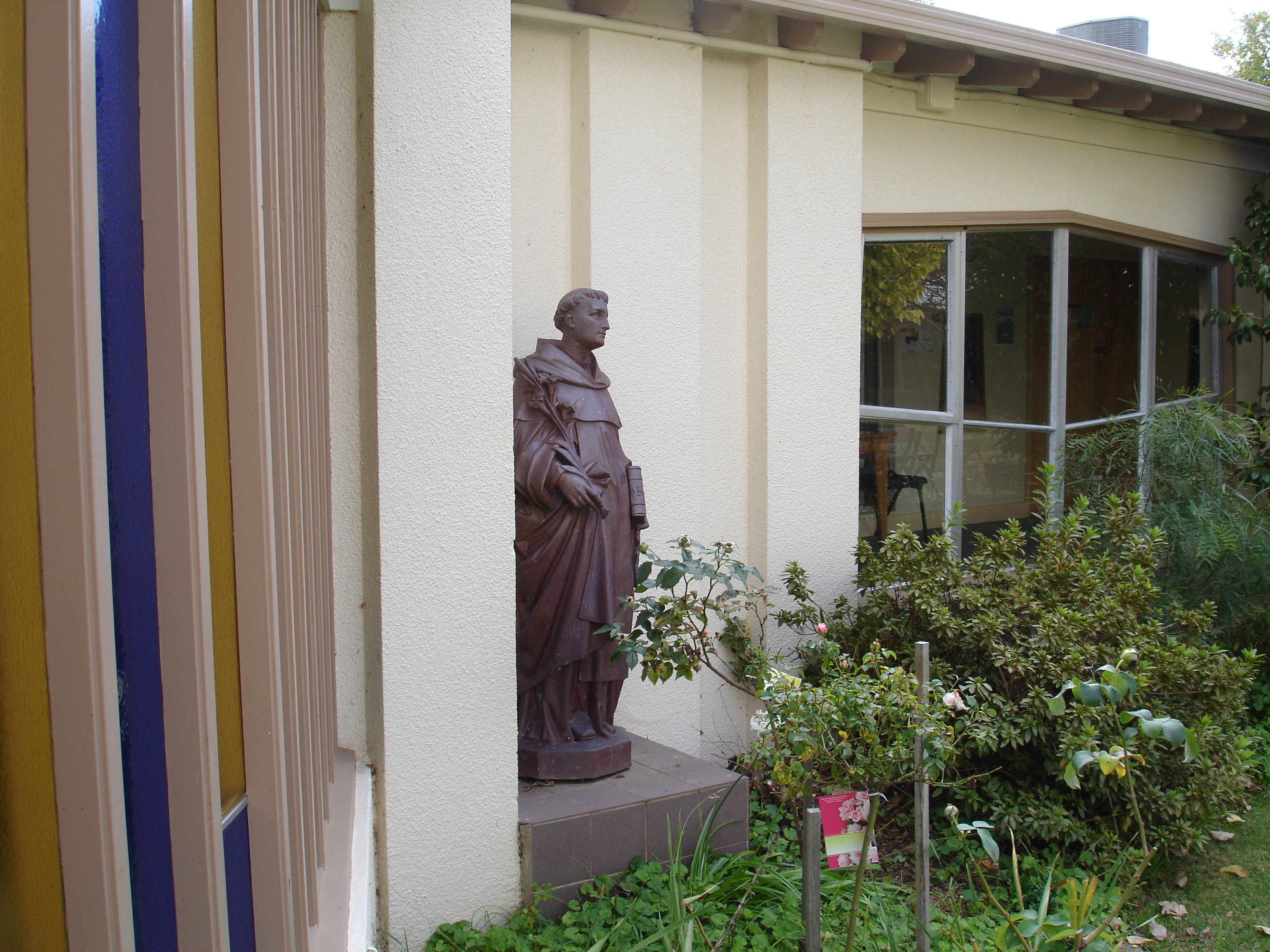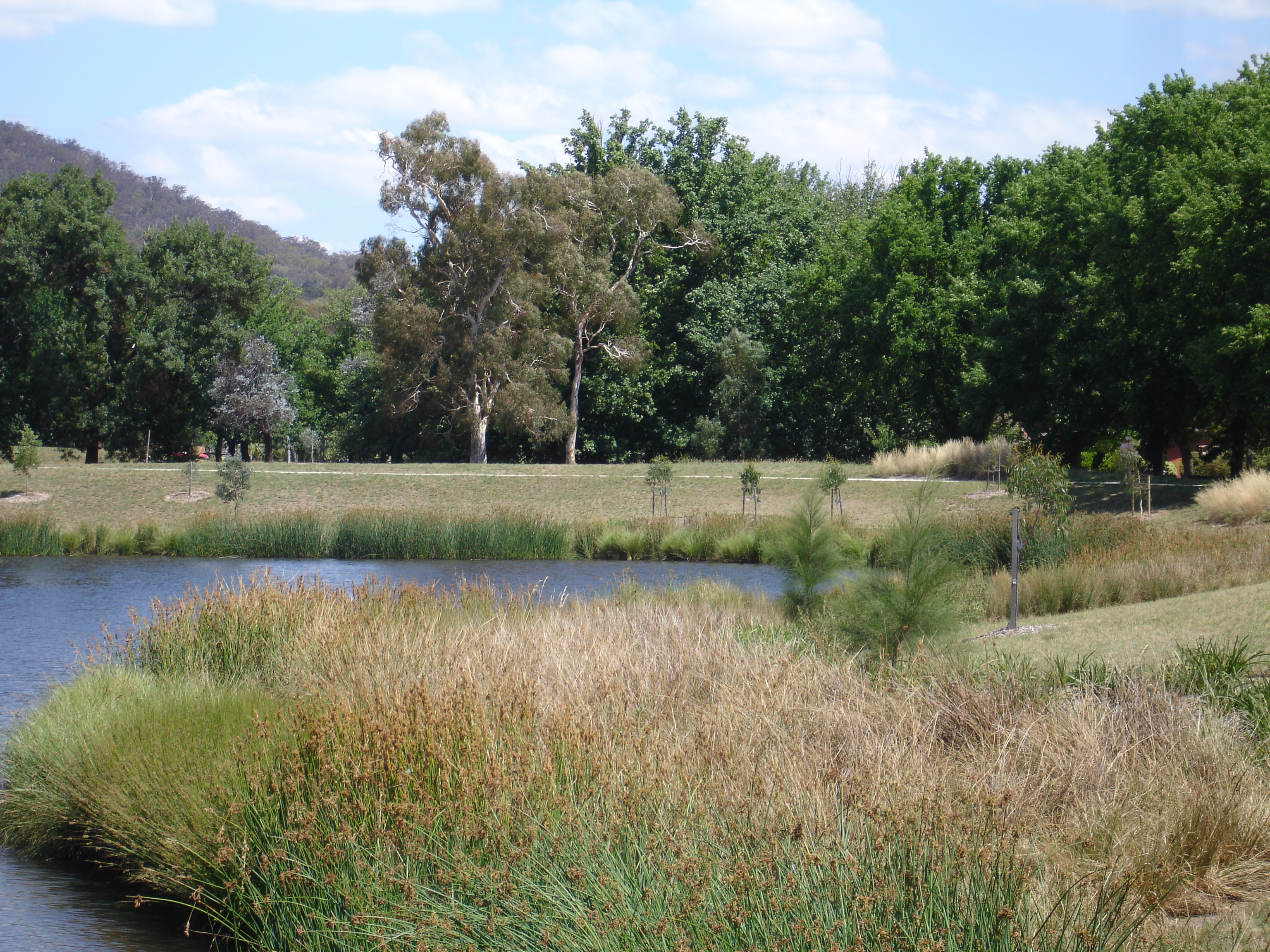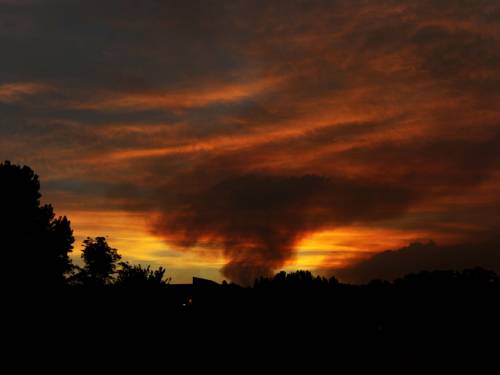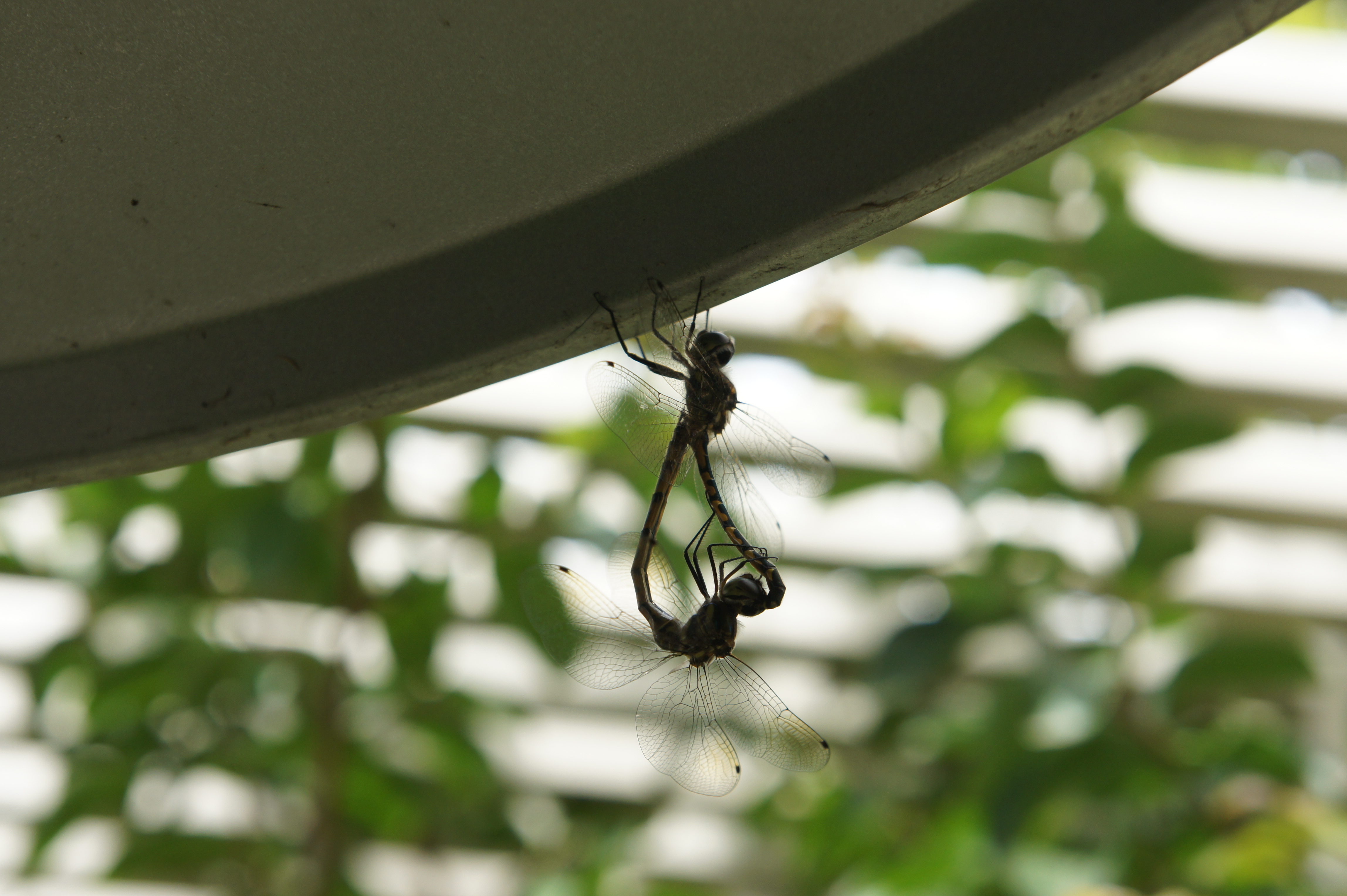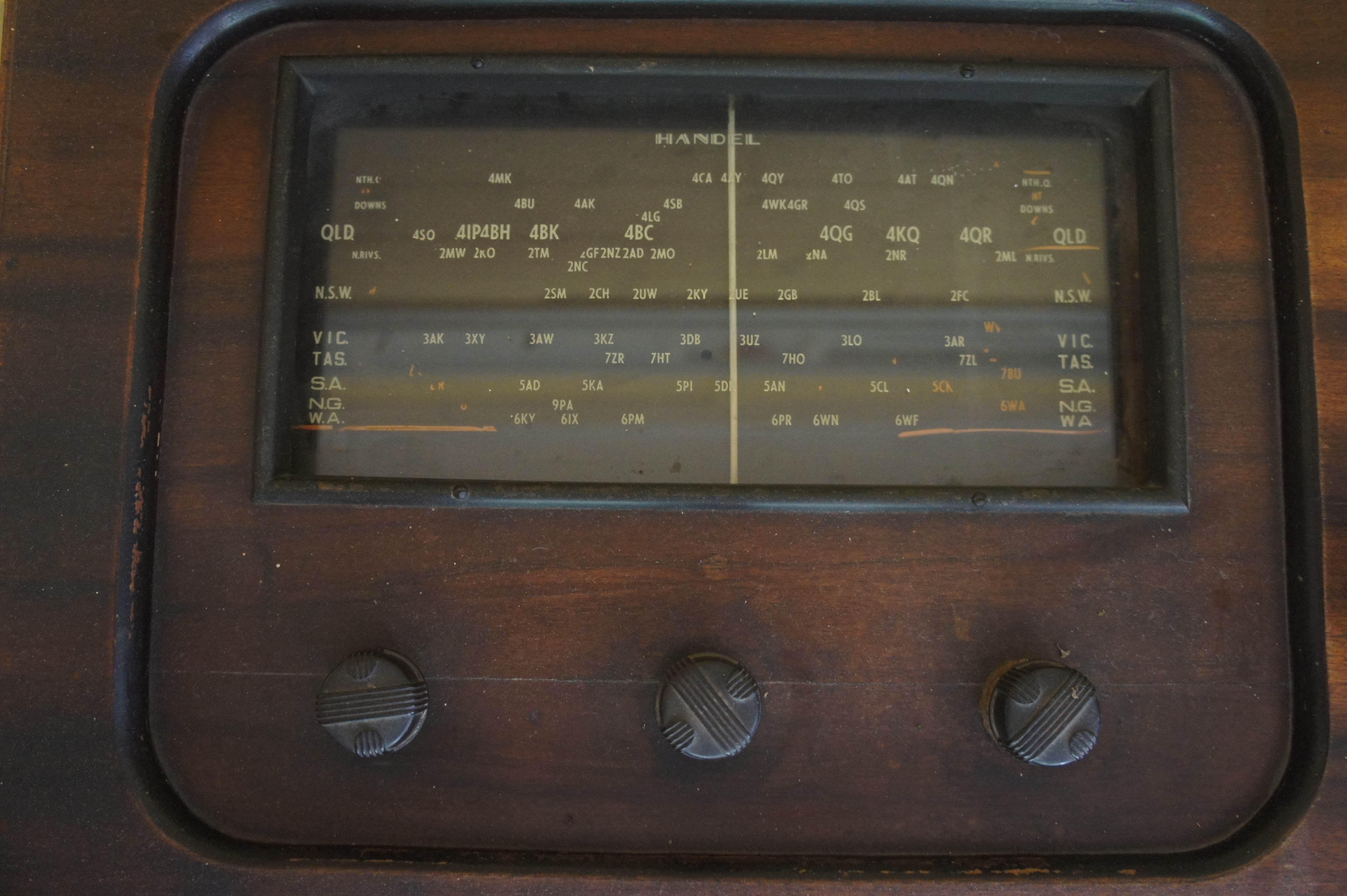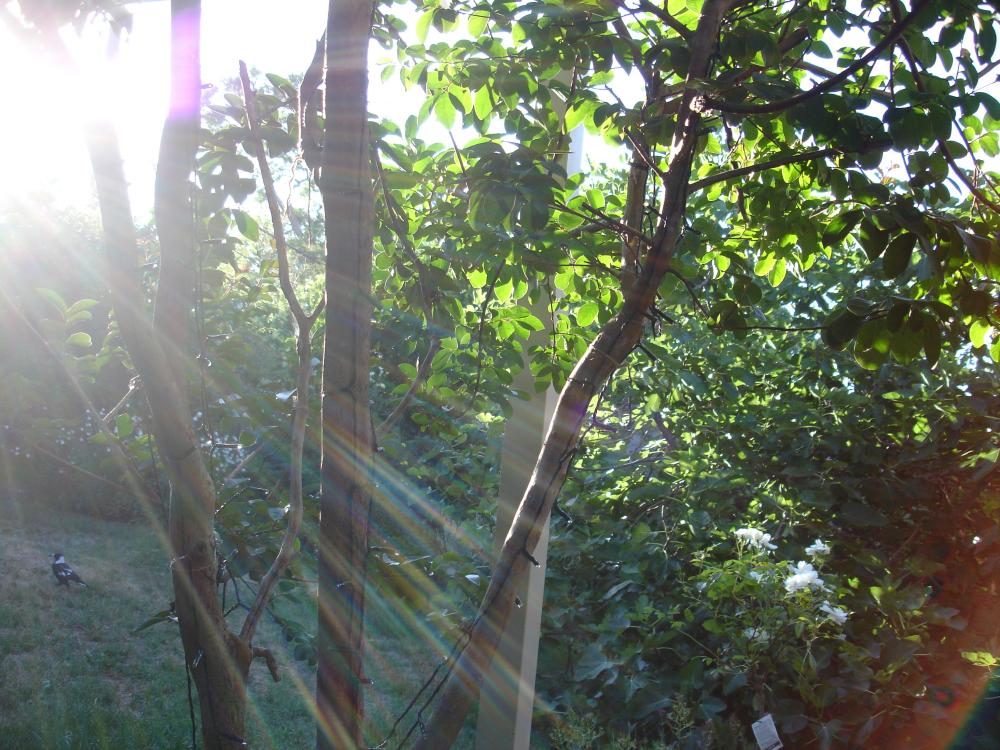On Thursday, the WordPress writing prompt was “Voice Work”: who would you like to do a voice recording of your blog?
It got me thinking about audio books, a book pleasure I enjoy from time to time. The delight of this kind of ‘reading’ is in the hearing. The voice of the reader combined with an excellent novel is the best kind of one-sided conversation. Usually an actor is chosen as the reader, but hearing him read is streets ahead of seeing and hearing actors interpret a novel as film (well, for me it is).
Take, as an example of a highly-recommended audio book, Dances with Wolves read by its author, Michael Blake. My husband and I listened to it on a long drive and often found we didn’t want to get out of the car.
Then there was The Collector, written by John Fowles, narrated by James Wilby. Creepy story. A butterfly collector decides to collect something less morally acceptable. The reader played the part so well that I don’t think I could trust him in real life.
![The Collector | [John Fowles] The Collector | [John Fowles]](http://ecx.images-amazon.com/images/I/51V1elV05rL._SL300_.jpg)
And recently, on another long drive interstate and back again, we listened to The Book of Ebenezer Le Page by Gerard Basil Edwards, a story about a long life on the island of Guernsey, written by a Guernsey man, and read by Guernsey-born Roy Dotrice. It was so good that we’ve replayed parts of it just to hear the narrator’s voice and the quirky dialogue, where verbs aren’t always conjugated and h’s are dropped when they exist and added when they don’t.![The Book of Ebenezer le Page | [G. B. Edwards] The Book of Ebenezer le Page | [G. B. Edwards]](http://ecx.images-amazon.com/images/I/51qkZldzsaL._SL300_.jpg)
I tried to imagine someone (not me) reading my blog posts, but I drew a blank. But something else sprang to mind: a book I’ve translated which will be available next year. That is something I’d like to hear read aloud. The story, Spiridion, is set in an 18th-century monastery where goodness is punished and females play no part. So my reader would have to be male, for the only female in this book is the author, though she’s a writer with a man’s name: George Sand. She wrote in French, but for my English translation I would choose, perhaps, an eloquent Englishman. Or Australian, because I’m Australian. But then, perhaps not, since there are no 18th-century monasteries here; an Australian accent might not be credible. I’d need someone who sounds like he could have lived in the 18th century, from a country where monasteries have been around for a millennium. How about an actor I’ve seen in a film of the same genre? Say, Sean Connery. Hmmm. Did you see him in The Name of the Rose? Yes, he’s the one. I’d pick him.
*****




